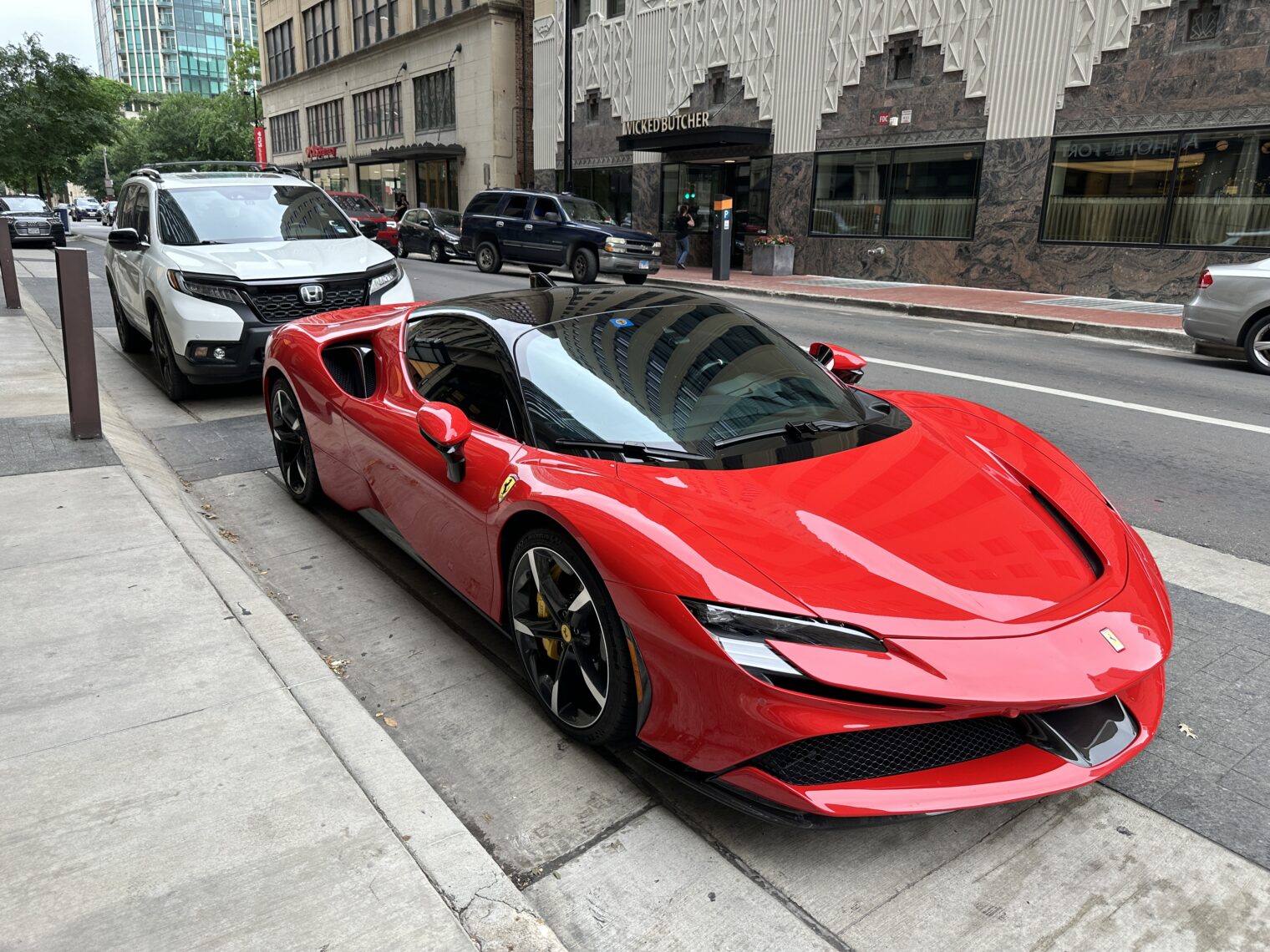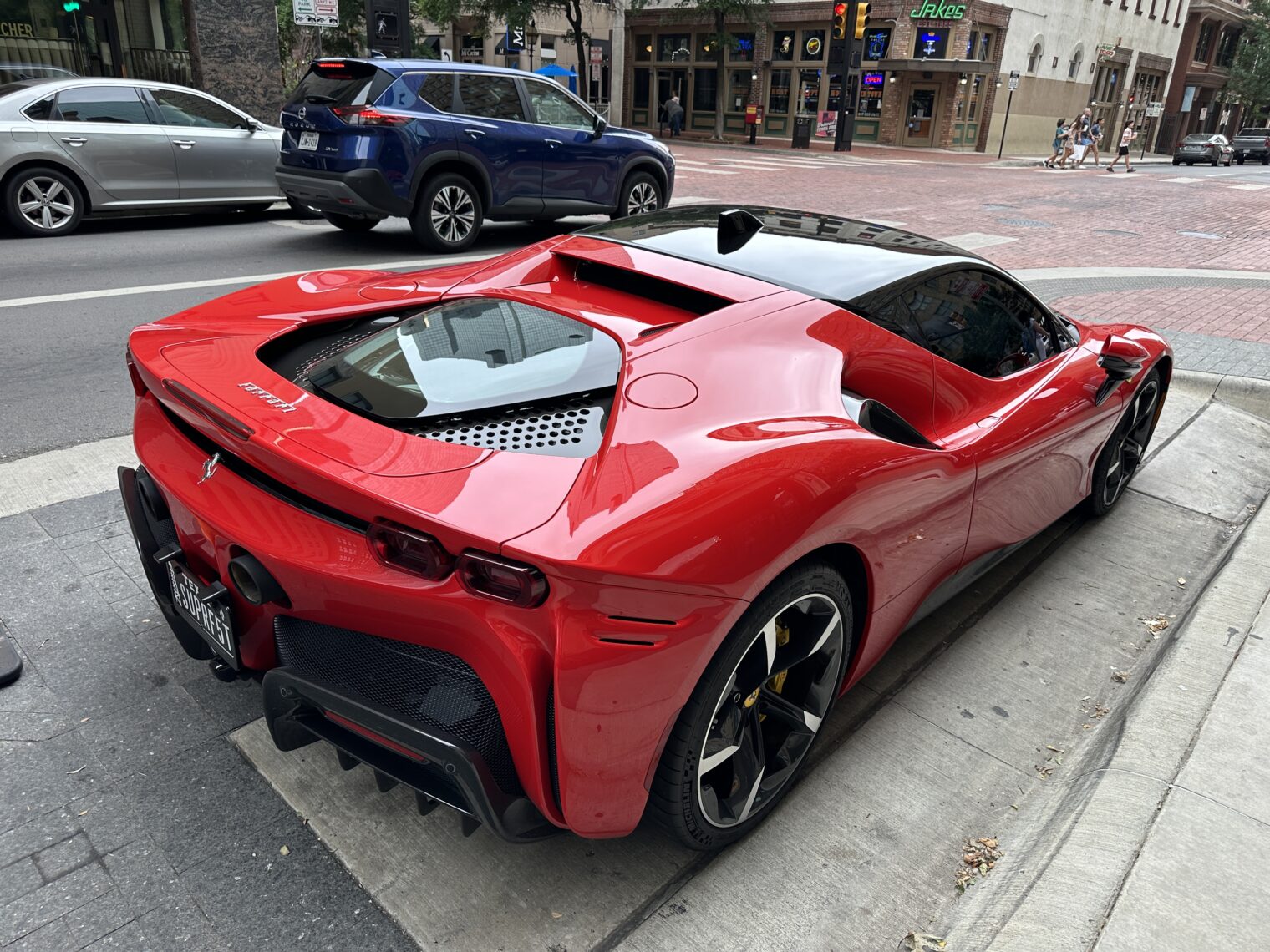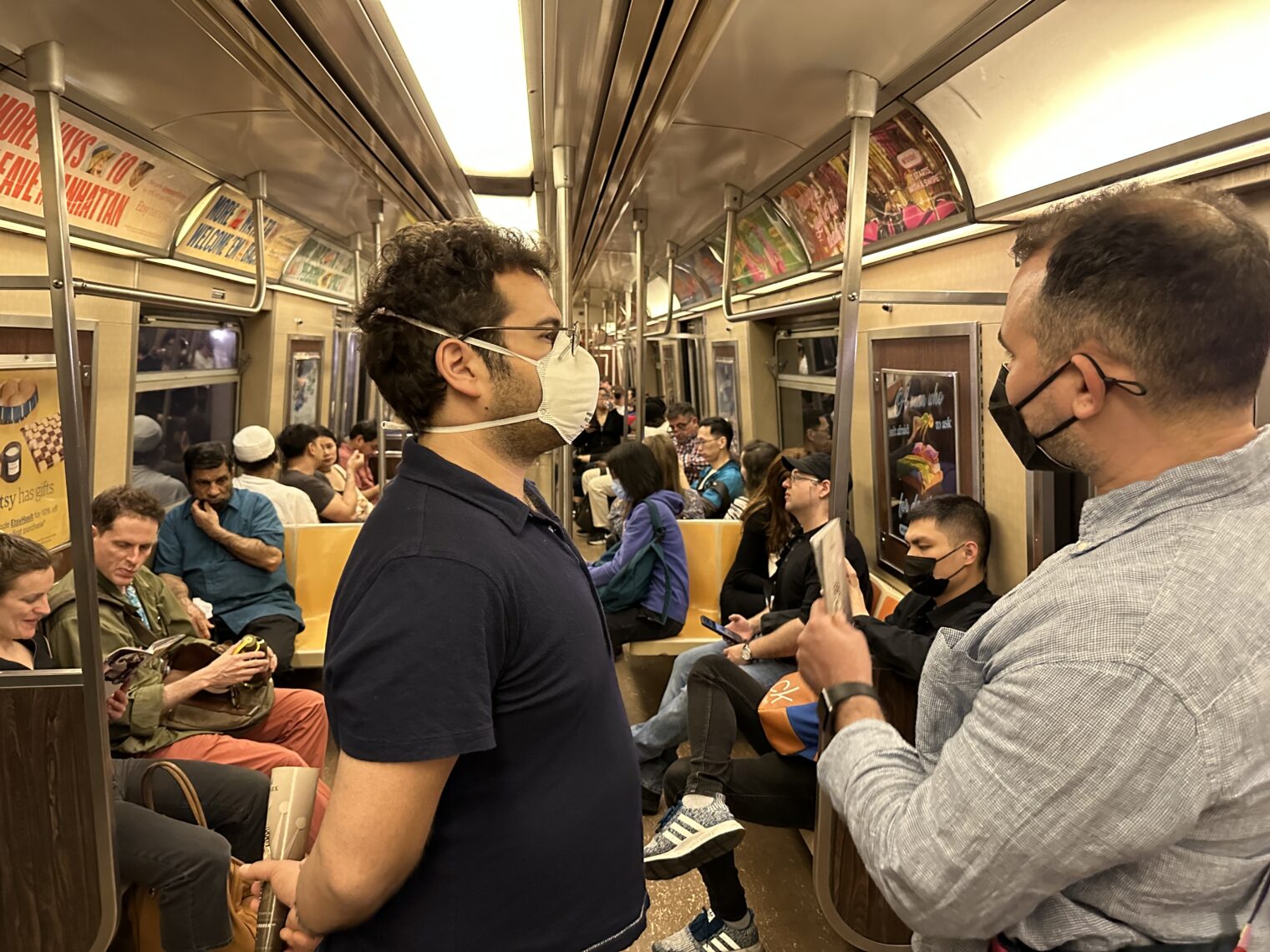Why would Luigi Mangione blame an insurer for the ineffectiveness of modern medicine?
“Luigi Mangione’s pals say CEO shooter ‘went crazy’ and fled to Japan after giant screws put in spine” (The Mirror):
The Ivy Leaguer accused of murdering a top CEO may have spiraled into madness following a botched back surgery that required ‘giant screws’ in his spine, according to friends.
Luigi Mangione, the alleged killer, had shared X-ray images on social media showing his misaligned spine, which was reportedly worsened by a surfing accident.
Some of those looking into the 26-year-old former high school valedictorian believe that this severe back injury, which required screws in his spine, led to a concerning decline over the past year.
Former classmates of Mangione suggest that the failed surgery could have pushed the Maryland man to the edge.
It’s a shame that current medical technology isn’t sufficient to fix the typical back problem, but why is United Healthcare to blame? Luigi Mangione was inspired by Harvard’s Ted Kaczynski, educated at Penn and Stanford, and presumably gifted with a high degree of rational reasoning. How did he come up with a model of the world where his back would have been fixed by surgery if United Healthcare had done something different?
Separately, given that people have so much familiarity with the inability of medicine to fix what ails them, their friends, and their family members, why do people accept uncritically the idea that a doctor can transform a man into a woman or vice versa? Who looks at the photo below and says “doctors have never been able to solve half of the seemingly simple health issues that I’ve brought to them, but they seem to be great at gender reassignment surgery”?
Finally, is Luigi Mangione further proof that mask orders can’t work? He had a huge incentive to keep his mask in place and might well be a free man today if he had done so, but his mask discipline wasn’t perfect, even in an all-Democrat city that encourages mask-wearing, which resulted in a security camera getting an image of his full face and then some McDonald’s workers recognizing him.
Full post, including comments




















